Stories on ABCD in Gasabo District (Rwanda)
By Rachel Mahuku, Education Sector Program Manager at The Wellspring Foundation for Education. December 2015.
How The Wellspring Foundation embarked on the process of ABCD
The Wellspring Foundation had a week of ABCD training in ABCD with Cormac Russell in August 2012. This was seen as a response to the aspiration of most of the participants. Since then, Wellspring tried to implement ABCD within the school communities we work with.
Wellspring made an initial pilot of ABCD intervention in four nursery school communities, and the feedback was very encouraging. Some stories that came out of this process were shared with Cormac in June 2013.
In 2014, we expanded the geographical intervention of ABCD to primary and secondary school communities. By August 2015, the intervention had covered all the 48 schools (both primary and secondary) we work with.
We are now at the phase of sustaining the process, which is why we have already been in contact with Nurture Development Managing Director, Cormac Russell. During our conversations we have shared the progress of ABCD in school communities in Gasabo District (our area of intervention) and some other successful stories.
It is amazing to see how ABCD principles have been welcomed and understood by Rwandans. In fact, our goal to use ABCD principles was to offer a pathway for school communities to effectively contribute to the overall development of the communities to which they belong. This is in line with our vision at Wellspring, which states: ‘To be a catalyst for transforming education in Africa and to foster vibrant communities that address poverty in all its forms’.
Some successful stories
At the beginning of the process, people were happy to share successful stories in their lives. They shared stories of when they were children. Then they shared stories when about a time they came together with some friends and/or neighbours to make things better, do together something constructive. They were delighted to do this.
Following this, it was the time of organizing core groups (i.e. connectors): so far, there are 144 connectors in the whole District.
The third step was to play the ‘We Can game’ and then mapping the assets of respective villages. These were also very rich and exciting moments.
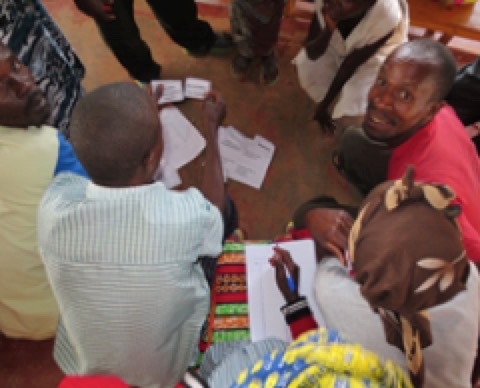
Parents playing the “We Can” game, created by Nurture Development Managing Director, Cormac Russell.
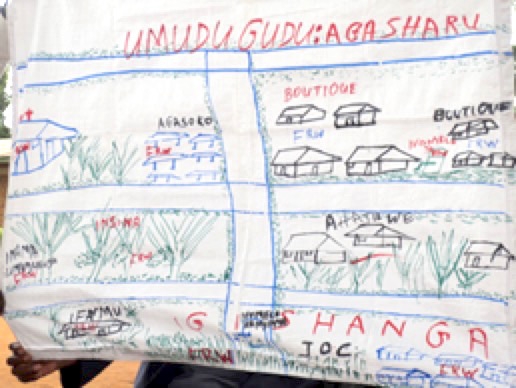
Asset Mapping in communities.
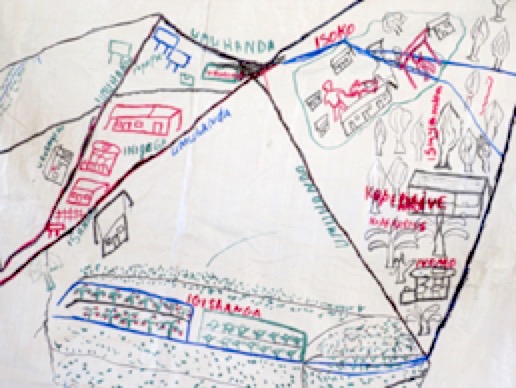
Asset Mapping in communities.
At the step of building a vision/plan, they had many ideas; they discovered they need to take action and start immediately. However, priorities had to be made; then, actions were taken. We managed to gather many successful stories when we had connectors’ sharing days in August 2015. These are some of those stories:
· In many schools, the first actions they thought of were those that could bring some income, depending on the areas.
In rural areas, they embarked on agricultural activities. What was amazing was to see all communities’ members coming together on agreed days and cultivate in a same field. Each one was involved and could bring what they were capable of: either digging, or giving good ideas on how things should be done, or bringing seeds to plants, etc. This could be used for feeding children who come hungry to school. In urban areas people contributed with money in order to buy some equipment needed by schools.
· In one community, connectors, together with some parents, identified children who were not attending schools -those we usually call ‘street children’-.
They approached these children and managed to bring back to school a total of 13 children who had dropped out of school. These children were happy to go back to school and the connectors continue to follow up their learning process. Connectors worked with school administration, teachers and local leaders. All of them together managed to keep these children in schools.
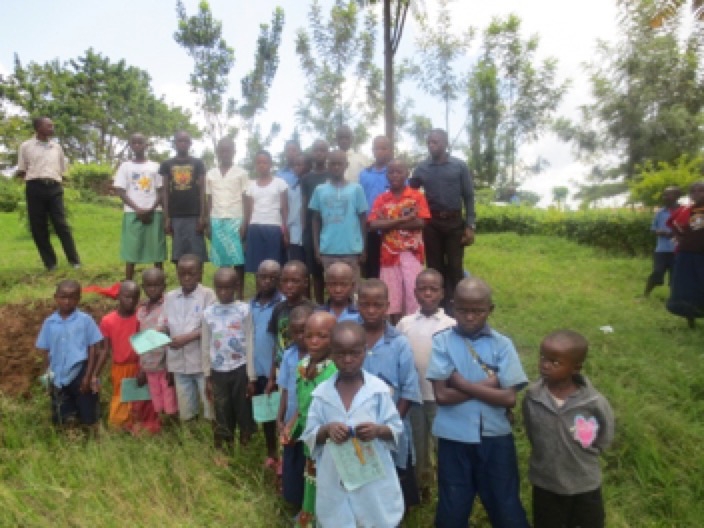
Children brought back to school.
· In another community, 40 children who had dropped out of schools were brought back. The connectors approached them, their parents and also local leaders.
· Many other activities were initiated in schools, some of which were: putting fences on school’s compound for the security of students; bringing water and/or electricity to the schools; planting the school garden to help create a good environment in the school, etc.
· Some connectors shared with us that they are going to initiate the contribution of a given amount of money that they may gather, in order to strengthen their connections and intervene where necessary. This way, that money can be used in cases where children may fail to get school fees.
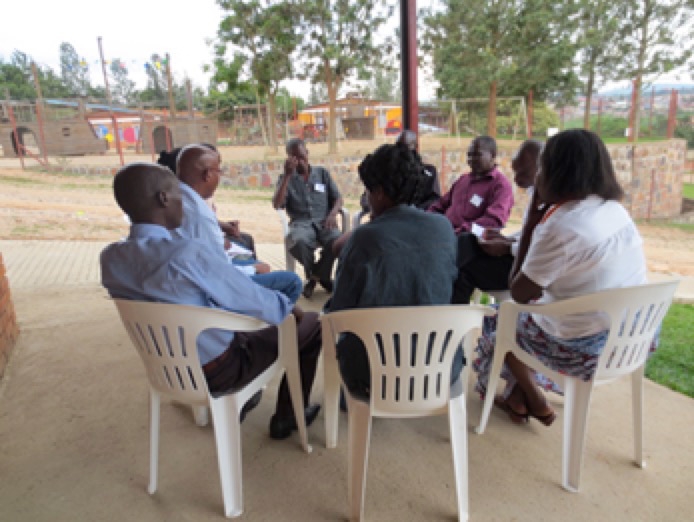
Connectors sharing their stories.
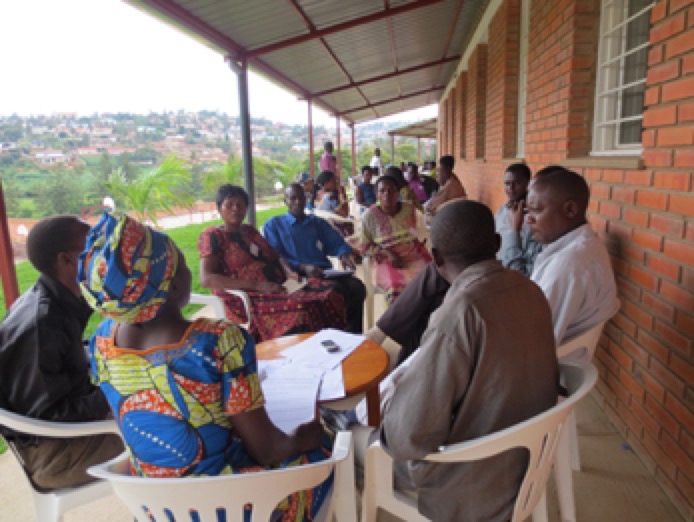
Connectors sharing their stories.
Which of our team members supports the work in Gasabo District: Cormac Russell, Nurture Development Managing Director.
